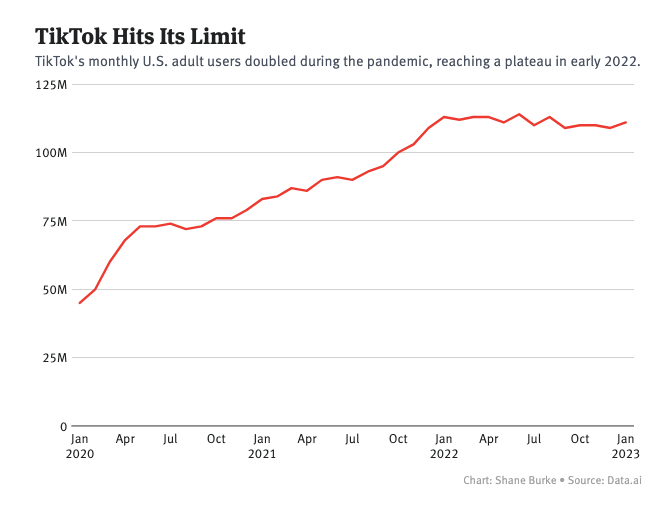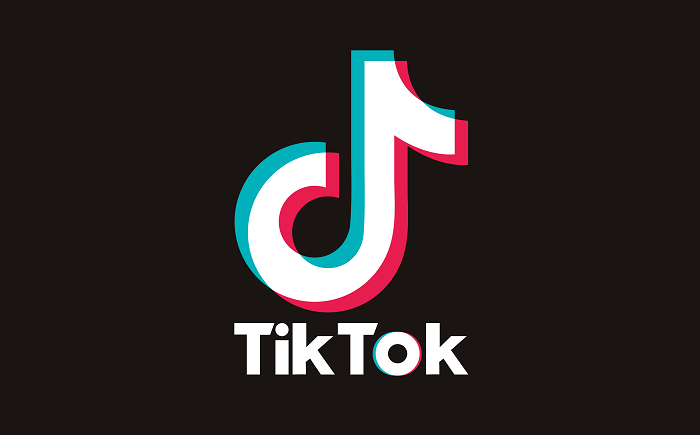Amid ongoing concerns over its linkage to the Chinese Government, which has led to serious questions about its future in the US, TikTok is also now facing challenges on user growth and creator revenue share, both of which could also have major implications for its future potential in the western world.
And while revenue share has always been a challenge for the app – it’s more difficult to directly monetize short-form video, as you can’t insert pre or mid-roll ads – TikTok is working on a new solution, with The Information reporting that the platform will soon launch a new ‘Creator Fund 2.0’ program, which will provide more monetization opportunities for the app’s top stars, while it’s also developing a program that will enable creators to paywall longer videos in the app.
According to The Information, TikTok’s new creator funding model will give creators higher payouts, in response to criticism of its first Creator Fund, which drove incremental revenue to creators.
Many creators had also noted that as TikTok grew, creator funding reduced, which is counter-intuitive and has seen several big-name stars look to alternative apps as their main focus instead.
YouTube recently launched its own take on short-form video monetization, which will see all of the funds from Shorts ads pooled together, then allocated to creators based on view counts. It remains to be seen what sort of payouts that will provide, but it could surpass TikTok’s own monetization options, and drive more creators to post to YouTube instead.
And with the combined monetization potential of YouTube’s Partner Program for longer clips, in addition to its Shorts funding, it may well put YouTube in a better position – especially when you also consider this chart:

According to data from data.ai, TikTok’s growth is stalling, so while it remains the app of the moment, and one of the most popular social platforms in the world, it could be facing more challenges in keeping top creators interested, as it pushes to both increase payouts and exposure.
TikTok remains in a strong position – the platform has over 1.5 billion users, and has become a key source of entertainment for many. But the various concerns continue to swirl, and any one of these issues could end up being a major blow, especially as more US states look to ban the app from government devices.
On that front, TikTok CEO Shou Zi Chew is set to testify before the House Energy and Commerce Committee on March 23rd, his first-ever appearance before a Congressional committee. That’ll be a crucial step in determining the app’s future in the US, and it could be that Chew’s appearance pushes US regulators to expand bans on the app.
Or, Chew will be able to provide the assurances that US officials need, and TikTok’s US data migration plan will gain approval, securing the app’s future.
But a lot remains in flux at present, and if TikTok can’t provide adequate responses, or can’t facilitate better creator funding, it could well be facing much bigger challenges in the near future.
At present, that won’t have a big impact on marketing plans, but it’s something to keep an eye on, while the slowdown in user growth could also see TikTok introduce more programs and initiatives to win new users from older age groups.



